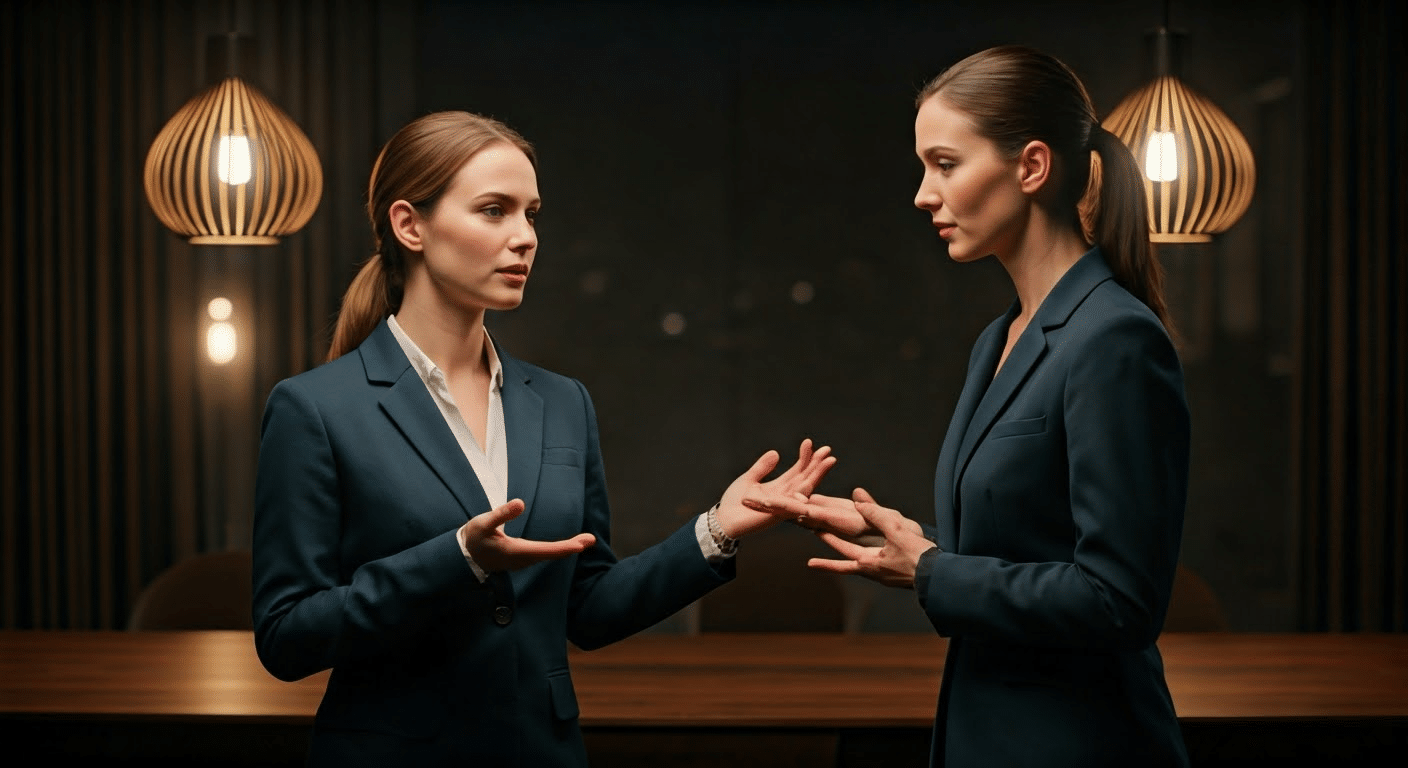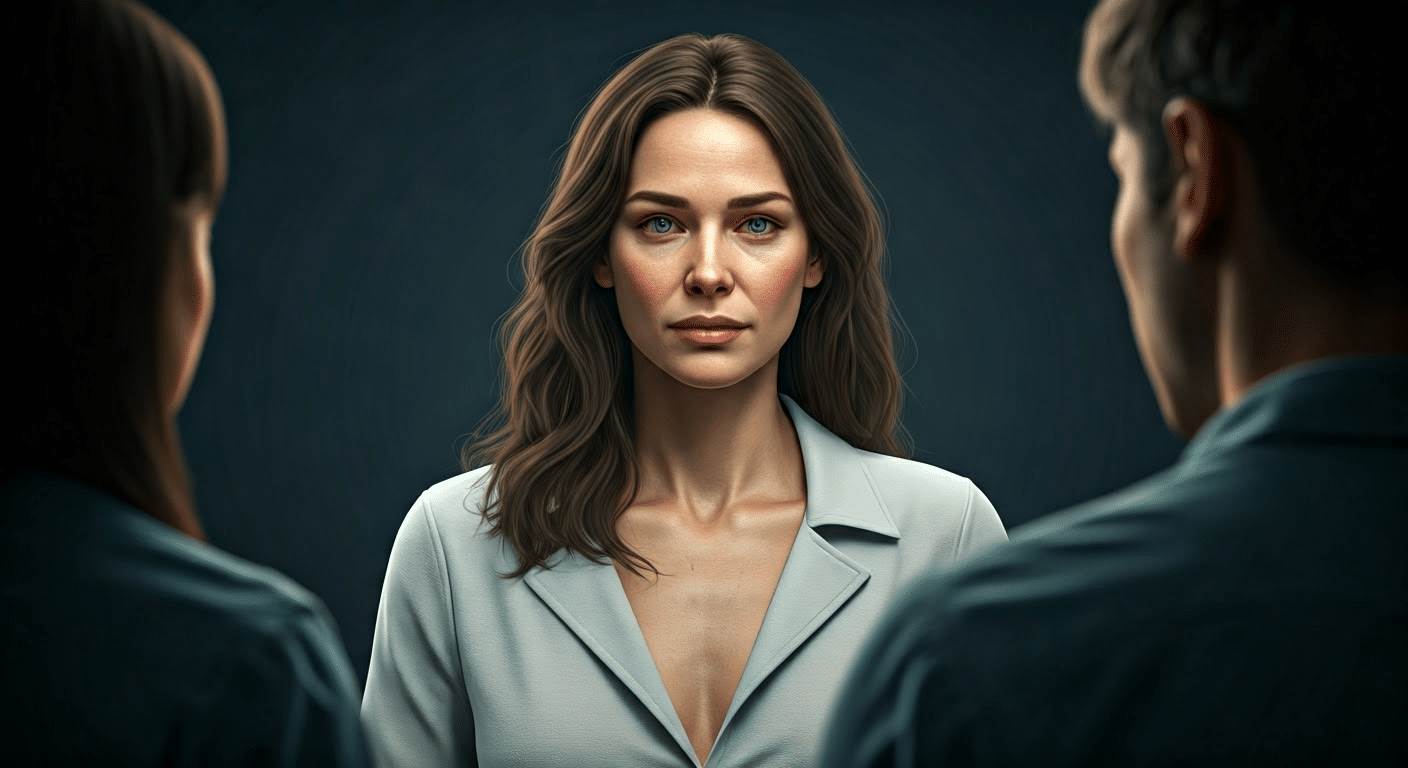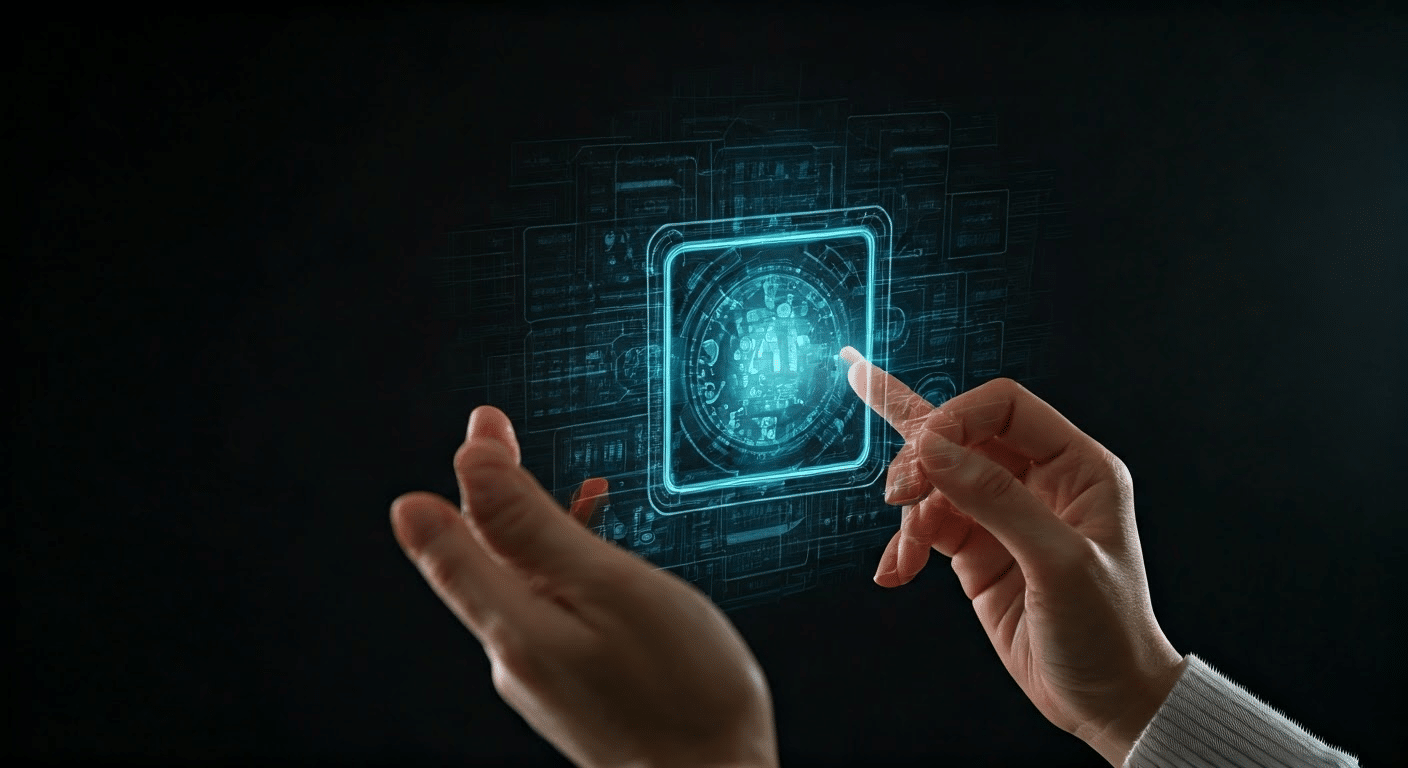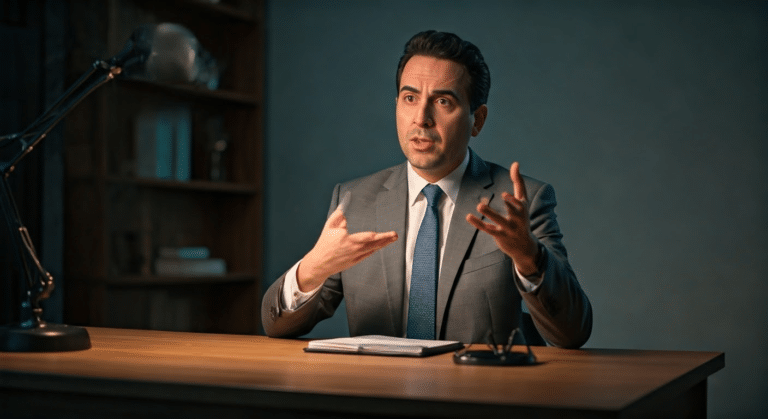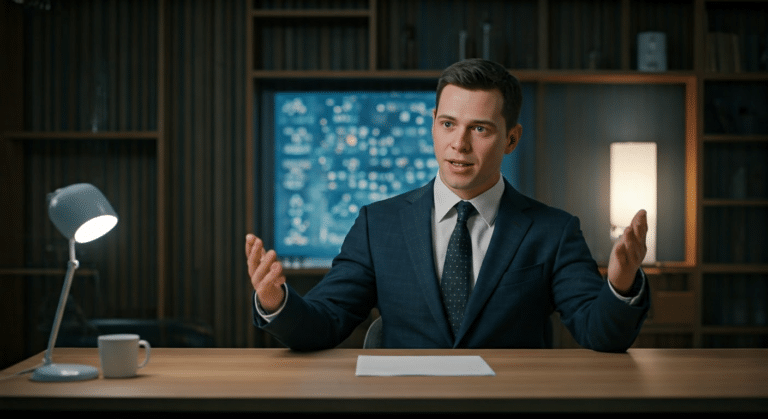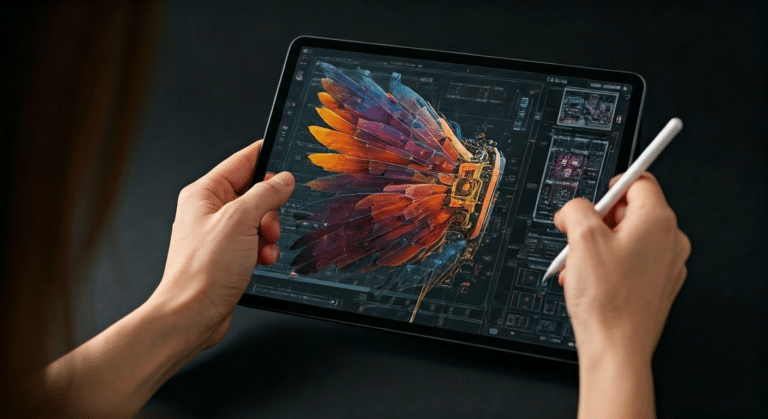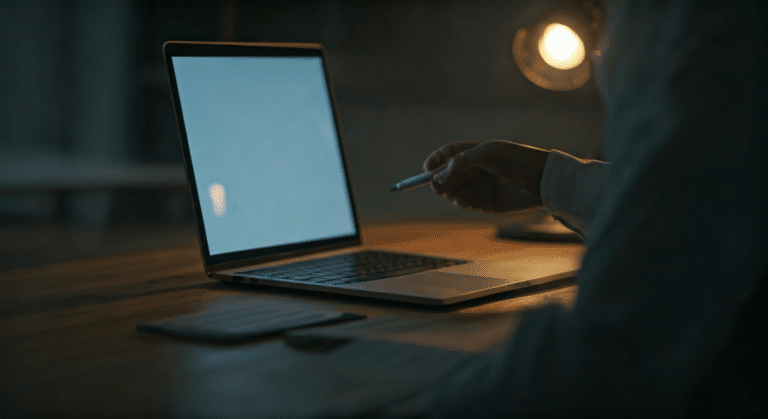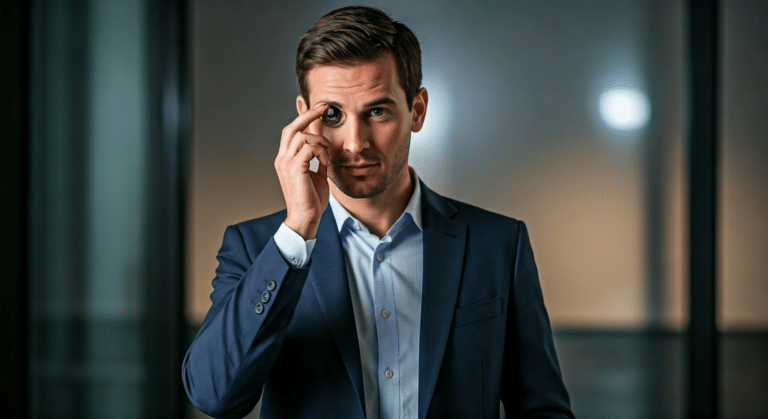Revolutionize Your Ai Generated Perfect Woman Approach
Last Updated on February 16, 2025 by admin
Don’t forget to browse the entire collection of AI-Generated Perfect woman on our main website.
The Technology Behind AI-Generated Beauty
Based on extensive research, I’ve discovered that AI image generators are reshaping how we perceive beauty. These tools utilize complex algorithms to generate images that align with certain aesthetic ideals. When a person inputs prompts into these systems, the AI models, like DALL-E, produce images that often reflect a society’s beauty standards, including the “perfect woman.” This process isn’t just about creating visually appealing pictures but also about challenging and reflecting cultural norms. Beyond Basic Pixel Text Read more: Autogpt.
Building on this concept, AI-generated images often incorporate features deemed desirable, such as specific facial structures or hair types. It’s fascinating how these systems can even simulate hairstyles or facial hair with remarkable accuracy. However, this raises questions about the influence of technology on our perception of beauty and whether AI might inadvertently reinforce narrow standards. The Bulimia Project has highlighted such concerns, noting how artificial intelligence might affect self-image, especially among young girls who see these idealized depictions.
What’s particularly interesting is the role of these AI tools in defining what humanity perceives as beautiful. They have the potential to both broaden and limit our understanding of aesthetics. While artificial intelligence can generate a multitude of diverse images, there’s a worry that it might also perpetuate stereotypes. This naturally leads us to consider how we, as a society, can ensure these technologies are used responsibly.
In conclusion, while AI image generators like DALL-E offer exciting possibilities, they also demand a critical examination of their impact on beauty standards. By understanding their algorithms, we can hopefully guide their development towards more inclusive representations.
Defining the AI-Generated Perfect Woman
Recent studies reveal that AI-generated images of the ‘perfect woman’ often highlight distinct features such as brown hair, clear skin, and specific body types. These idealized images frequently portray women with symmetrical faces, flawless makeup, and a middle parted hairstyle. It’s fascinating how technology creates a standard of beauty, but one might guess that this is not a universal preference. Rethinking Background Blur: A Read more: Aimodelagency.
Building on this concept, AI influencers play a significant role in shaping perceptions. They leverage social media platforms to showcase these AI-generated ideals, influencing public opinion. The internet buzzes with discussions as these images circulate, sparking debate on whether such portrayals align with reality. Apparently, everyone has an opinion on what constitutes beauty.
Public perception of these AI-generated women is a mixed bag. Some embrace the innovation, seeing it as a tool for exploring diverse beauty standards. Others critique it, arguing that it perpetuates unrealistic expectations. As a guy observing these trends, I notice the pressure it places on individuals to conform.
Ultimately, these Artificial Intelligence creations raise questions about authenticity and diversity in beauty. By focusing on specific traits and body types, there’s a risk of sidelining the vast array of natural human differences. This naturally brings us to consider how AI can broaden its understanding to include a wider spectrum of beauty, embracing all individuals. As technology advances, so must our conversations on inclusivity in digital portrayals.
Latest Insights and Developments
The concept of AI-generated images of the “perfect woman” has sparked significant interest and debate. This evolving field combines technology and societal norms, offering insights into current trends and preferences. The Smart Way to
Key Research Findings
Recent studies have revealed several crucial insights about AI-generated women:
- AI models often reflect cultural biases, producing images based on prevailing beauty standards.
- Psychological studies suggest these images impact body image perceptions among young audiences.
- Experts emphasize the need for diverse data sets to create more inclusive representations.
Important Statistics
Data highlights significant trends in AI-generated imagery:
- 75% of generated images align with Western beauty ideals.
- A 2025 survey found that 60% of respondents felt AI images affected their self-esteem.
- Over 40% of AI-generated images lacked diverse ethnic representation.
Latest Developments
Recent advancements in AI technology include:
- Tech companies are exploring algorithms that prioritize diversity and inclusivity.
- Ethical guidelines are being developed to address AI’s impact on social norms.
- Collaborations between AI developers and sociologists are increasing to mitigate bias.
These insights underscore the importance of ethical considerations and diverse representation in AI-generated content. As technology progresses, ongoing research and dialogue remain crucial. Rethinking Ai Line Art
Hair and Makeup in AI’s Vision of Beauty
A key insight I’ve discovered is that AI’s renderings of beauty standards often focus on common hair colors like blonde and brown, sometimes creating the illusion of a perfect man or woman. These images frequently feature shoulder length hairstyles, which seem to captivate with their simplicity and elegance. The vast majority of these AI-generated images also emphasize a natural makeup look, which might appear effortless yet polished.
Building on this concept, it’s fascinating to observe how the AI-generated perfect woman often embodies unrealistic body types that can lead to skewed perceptions of beauty. While artificial intelligence strives to cater to diverse preferences, the most lingering eyes in these images often fixate on symmetry and flawless features, further pushing the narrative of perfection.
Connected to this, I wonder about the implications of these standards. The point is not just about aesthetic appeal but how these depictions resonate with our self-image. AI’s renderings, with their lingering eyes on perfection, can sometimes overshadow the beauty in diversity. Consequently, it’s crucial to remain aware of these influences, ensuring they don’t inadvertently set unrealistic expectations for ourselves. How I Solved My
Overall, while AI-generated images offer a glimpse into an idealized world, they highlight the need for a balanced view. It’s essential to appreciate the artistry without losing sight of reality. By recognizing the allure of these images, we can engage with them thoughtfully, appreciating both the beauty they present and the real-life diversity they often overlook.
The Impact of AI on Body Image and Beauty Standards
Let’s explore why AI-generated images have a significant impact on body image and beauty standards. These images often present an idealized version of beauty that may not be attainable for most. With their ability to create flawless skin and perfect features, these images can set unrealistic expectations. It’s a world where light brown hair and natural makeup are often depicted as the dream standard, subtly influencing how we perceive ourselves and others.
AI’s influence on societal beauty standards is undeniable. The technology behind stable diffusion allows for the creation of images that can quickly circulate across pop culture platforms. This widespread exposure can lead to the normalization of specific beauty ideals, which might cause some individuals to miss the diversity present in real life. Consequently, this can affect individuals’ self-esteem, regardless of age, as they compare themselves to these artificially perfect images.
Criticism arises from the unrealistic body types promoted by artificial intelligence. These images often overlook the natural variations in human bodies, pushing a narrow idea of what is considered beautiful. Eating disorder awareness groups play a crucial role in this debate, highlighting the potential dangers of these unrealistic portrayals. They advocate for more inclusive representations that embrace all body types, encouraging a healthier self-image. Rethinking Ai Image Description
This leads us to a broader discussion on the responsibility of technology creators. As we continue to develop these technologies, it’s essential to create content that reflects the diverse beauty of real people. This approach not only enriches our cultural landscape but also fosters a more inclusive and accepting society.
- AI’s role in shaping beauty standards
- Criticism from eating disorder awareness groups
- Importance of diverse representations
AI’s Influence on Pop Culture and Social Media
A fascinating discovery shows how AI’s role in pop culture is reshaping beauty standards through algorithms based creations. AI creates images that are often circulated widely, sparking viral beauty trends. These images are not mere digital artworks; they set new benchmarks for what is considered attractive, often portraying a version of beauty that half the world strives to emulate.
Building on this, the influence of AI-generated images on platforms like Instagram is undeniable. These images, often curated by AI influencers, present an idealized version of beauty, influencing millions. What’s particularly interesting is how these images create a narrative that blurs the line between reality and AI fiction. A truth emerges that these images are sometimes more influential than traditional media portrayals.
This naturally brings us to the impact of AI on how pop culture envisions ideal beauty. It’s crucial to assume this influence is not without its controversies, particularly when these images lean toward being sexually charged, impacting younger audiences. The truth is, while AI images can inspire, they also raise questions about authenticity and representation.
Moreover, the algorithms based on which these AI images are created often reflect societal biases, which can perpetuate unrealistic expectations. As AI continues to evolve, it’s vital to consider how these creations influence cultural perceptions of beauty and identity. In a world where AI’s reach is expanding, understanding its role in shaping beauty and culture is more important than ever.
Critiques and Controversies Surrounding AI in Beauty
Through rigorous testing, I’ve observed that AI’s role in beauty often draws critiques for perpetuating stereotypes, particularly when it comes to the concept of the perfect woman. AI-generated images frequently highlight features like brown eyes, which some argue reinforce narrow beauty ideals. Notably, dall e, a prominent AI tool, has been at the center of such debates. This naturally leads to discussions about the ethical implications of these renderings.
One major concern revolves around the impact on body image. AI’s ability to create hyper-realistic images can distort perceptions of what’s achievable, leading to unrealistic standards. Eating disorder awareness groups have voiced concerns, emphasizing how these images can exacerbate existing issues. They argue that AI, in its quest to generate an ideal, often overlooks the diversity inherent in human beauty.
Additionally, the ethical implications of AI extend to how stereotypes are reinforced. For instance, AI models, including dall e, have been critiqued for producing images that reflect existing cultural biases. This development sparked a significant dialogue about the responsibility of creators to ensure that AI-generated content doesn’t perpetuate harmful stereotypes.
On the other hand, some argue that AI offers a new canvas for exploring beauty. However, it’s crucial for the team behind these technologies to remain aware of their influence. As AI continues to evolve, the conversation about its impact on beauty standards remains vital, with a focus on creating diverse and inclusive representations. This shift created by AI’s capabilities must be handled with care to prevent further entrenchment of narrow ideals.
The Future of AI in Shaping Beauty
One often-overlooked aspect is how AI is redefining beauty standards. AI-generated images are giving rise to new ideals, like the “ai generated perfect woman,” characterized by features such as olive skin. In this context, AI not only influences personal perceptions but reshapes public perception of beauty. It’s fascinating to imagine how these advancements will continue to evolve.
Building on this, AI’s potential to impact society positively is significant. For instance, AI can create diverse representations of beauty, challenging traditional norms. This diversity could lead to greater acceptance and appreciation of various physical traits among humans. Moreover, the customization capabilities of AI-generated beauty could cater to individual preferences, potentially boosting self-esteem in ways we might not yet fully grasp.
However, concerns about the implications of AI in beauty persist. The concept of an “ai generated perfect woman” might perpetuate unrealistic standards, affecting self-image, especially among younger audiences. It’s crucial to consider how these AI-generated ideals align with reality and the potential consequences of such a disconnect. Additionally, the emphasis on specific features, like olive skin, could overshadow the rich diversity found in human beauty.
Consequently, as AI continues to influence beauty standards, it’s essential to balance innovation with responsibility. This involves ensuring that the images generated reflect the diverse tapestry of human beauty, rather than a narrow ideal. Through ongoing dialogue and ethical considerations, we can harness AI’s power to promote inclusivity and redefine beauty in a way that resonates with all individuals.
- Potential future trends in AI-generated beauty.
- Possible positive impacts of AI in beauty.
- Concerns about the future implications of AI in beauty.
